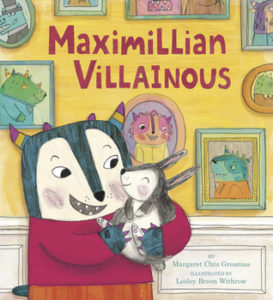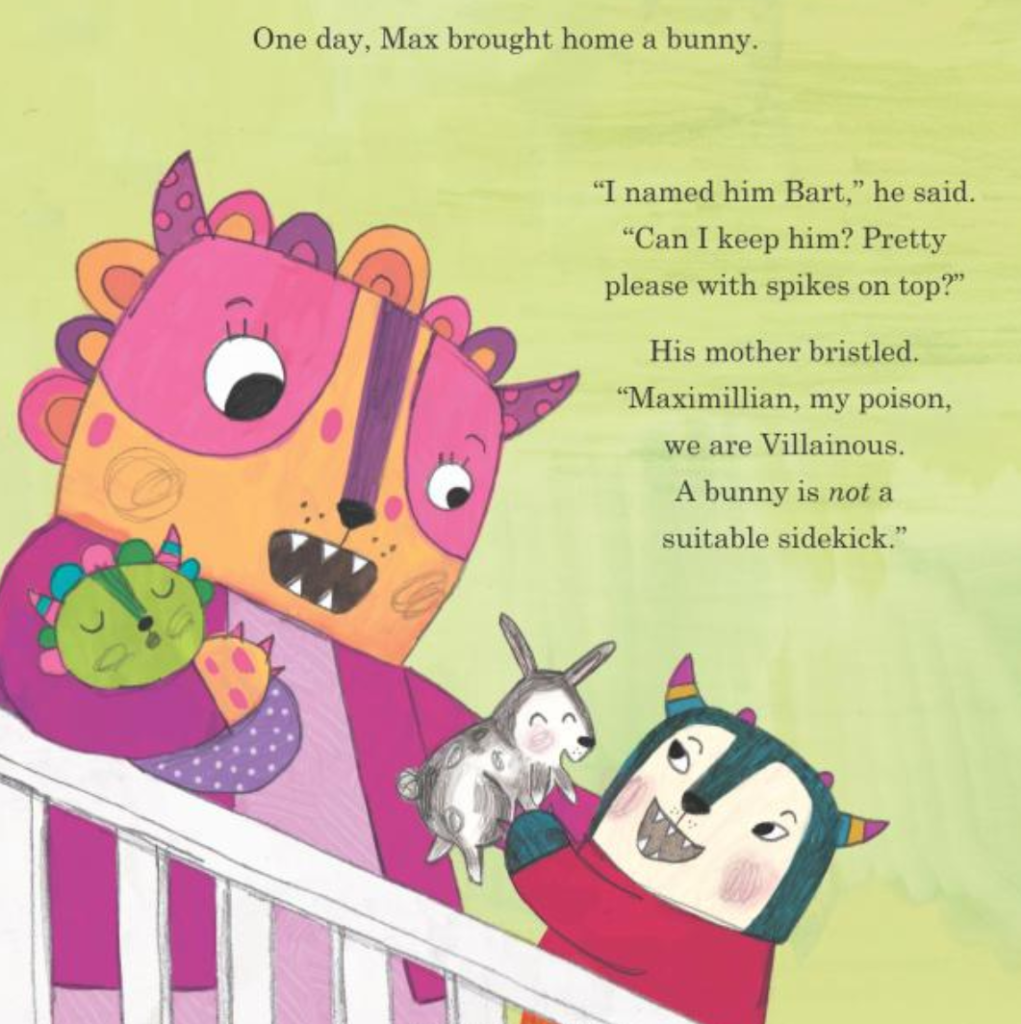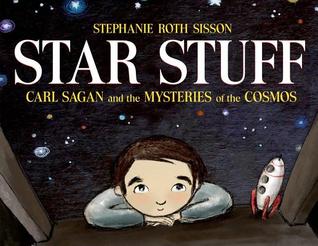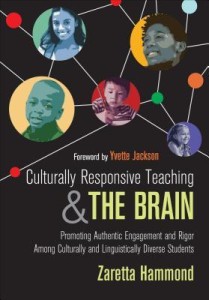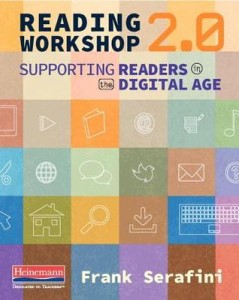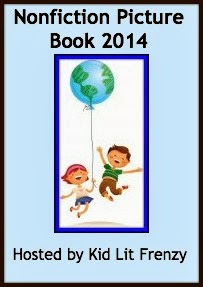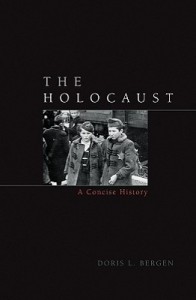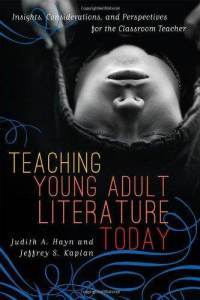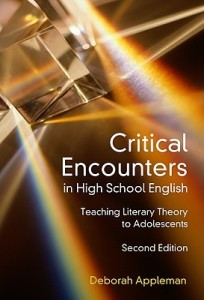Maximillian Villainous
Author: Margaret Chiu Greanias
Illustrator: Lesley Breen Withrow
Publication Date: August 28th, 2018 by Running Press Kids
Summary: A humorous and important book about learning to follow your heart and proving that kindness can outweigh villainy any day.
Maximillian Villainous is a monster who doesn’t have the heart to be a villain. His famous family pulls pranks on the likes of Santa Claus and the Tooth Fairy, and Max spends his time undoing them. So when he brings home a bunny to be his sidekick, Max’s disapproving mother hatches a plan. She challenges Max and the bunny to become a devious duo; otherwise . . . the bunny hops. If they want to stay together, Max and the bunny have no choice but to go against their nature. They blunder into villainy with comical effect until Max discovers that embracing his good heart may just be the key to pulling off the most devious deed of all and winning his family’s acceptance.
Delightfully fun and irreverent, Maximillian Villainous is an empowering story about embracing one’s true self and finding acceptance. Up and coming illustrator Lesley Breen Withrow brings the characters to life with bold and colorful illustrations in a style reminiscent of Richard Scarry.
About the Creators:
Margaret Greanias was inspired by her children’s love of the Despicable Me movies and all things Minion when writing Maximillian Villainous, her debut picture book. She lives with her husband, three children, and a fluffle of dust bunnies in the San Francisco Bay area.
Lesley Breen Withrow is the illustrator of several picture books, including You’re My Boo by Kate Dopirak and Bunny Bus by Ammi-Joan Paquette. Her artwork can also be seen on many products, including stationery collections and children’s games, toys, and apps. Lesley lives on beautiful Cape Cod with her family, a couple of crazy cats, and her daughters’ large and ever-growing collection of stuffed animals.
Review: Maximillian’s story primarily focuses on someone being different than their family and how expectations set by others in the family may not fit what another person excels at. As a teacher, I wish I could read this book to so many people because I really struggle with parents and educators expect a kid to be a certain way because they know a sibling or a family member. That isn’t how it always works. I think this same theme could be used to talk about how expectations have to be differentiated in general, so I could actually see this story being used to talk to evaluators, leaders, etc. to talk about why Maximillian needed a change of assessment instead of the same as everyone else. Underlying, the message is that we can’t expect anyone to be anyway. Let them show you who they are and accept and love them as they are.
And all of these deep messages are within a funny story with fun illustrations about a monster who loves his bunny even though he is expected to be a villain.
Teachers’ Tools for Navigation: Theme, theme, theme, theme!!! The author does a fabulous job writing a funny book that is just so perfect for talking about a lesson. The characterization of the Villainous family vs. Maximillian will allow for some fun compare/contrast and character trait activities as well. And this book definitely needs to join the empathy and community building read alouds–it will lead to some wonderful discussions and acceptance. Finally, I would love to see it used with teachers as a coaching tool to discuss the need to differentiate. Sometimes the directions we give need to be tweaked just a bit for certain kids, and we’ll get to see brilliance.
Discussion Questions:
- How is Maximmillian different than the rest of his family?
- How does his family react to his differences?
- What does Maximillian prove by the end of the book?
- How did Maximillian manipulate the situation to show his worth?
- Have you ever been in a situation where you felt that something was unfairly expected of you?
- What is the message of Maximillian’s story?
Flagged Passages:
Read This If You Love: Monsters vs. Kittens by Dani Jones, Normal Norman by Tara Lazar, Misunderstood Shark by Ame Dyckman
Recommended For:
**Thank you to Running Press for providing a copy for review!**
